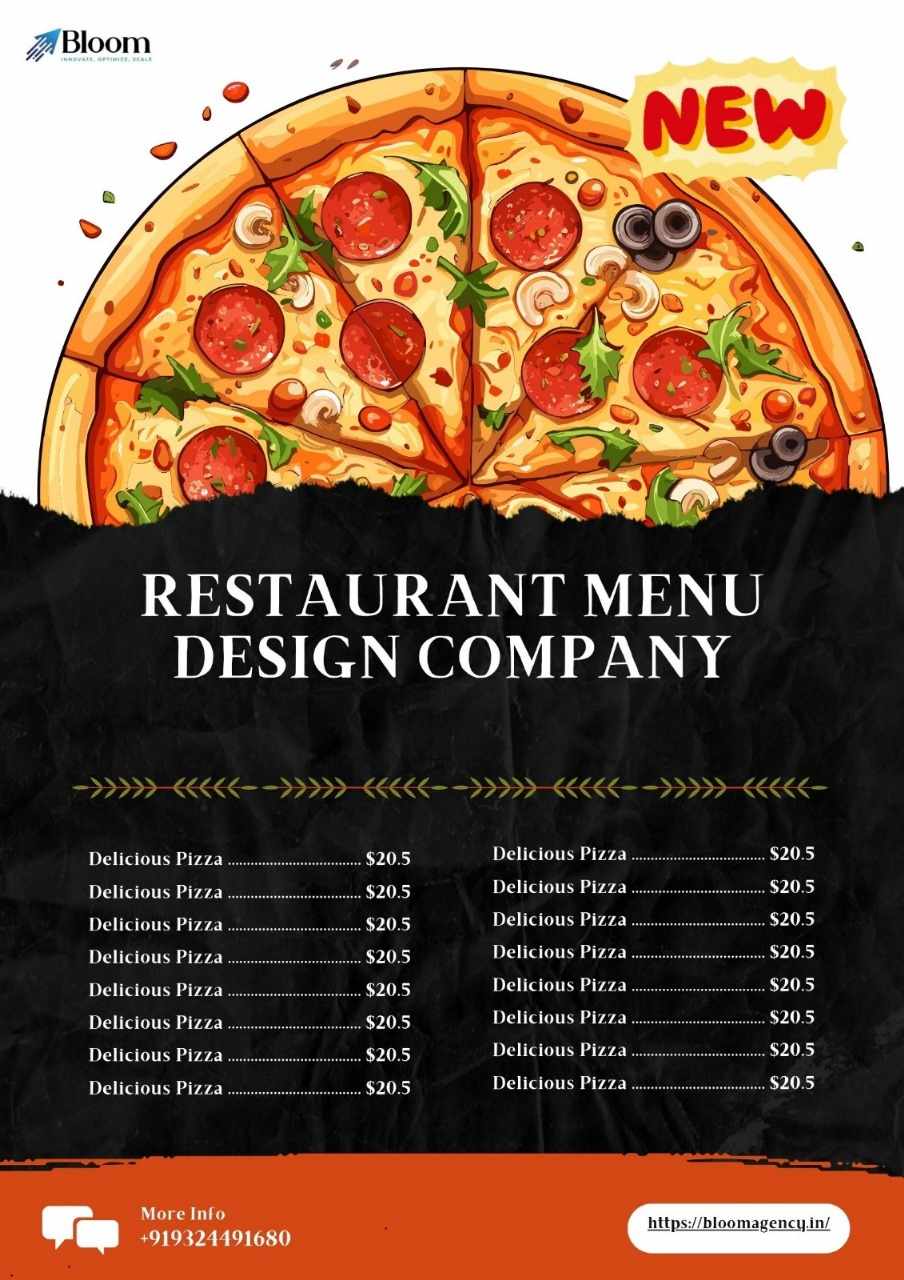
The way you present your menu plays a vital role in shaping customer experience, influencing buying decisions, and supporting your brand identity. With evolving technology and changing customer preferences, many restaurant owners face a critical question: Should you invest in digital menu boards or stick with traditional printed menus? Each format has its own advantages and drawbacks, and the right choice depends on your business model, customer base, and overall goals.
In this blog, we break down the pros and cons of digital menu boards and printed menus to help you decide what works best for your restaurant or café—while also exploring how the right menu card design can enhance both options.
Understanding the Two Formats
Printed Menus are physical menus, either handed to customers at the table or displayed on stands. They’re typically used in dine-in restaurants, fine-dining establishments, or cafés with minimal changes to offerings.
Digital Menu Boards are screens that display menu items using dynamic visuals, animations, or rotating content. They’re most commonly found in fast-food chains, quick-service restaurants, and tech-forward establishments.
Pros of Digital Menu Boards
1. Real-Time Updates
One of the most significant advantages of digital boards is flexibility. You can change prices, update specials, or remove sold-out items instantly. This is especially helpful for restaurants that have daily specials or frequently changing menus.
2. Enhanced Visual Appeal
With high-resolution images, motion graphics, and animations, digital boards can bring your dishes to life. This not only captures attention but also increases appetite appeal, making it easier to upsell certain items.
3. Increased Efficiency
Digital menus reduce the need for reprinting when updates are needed. This makes them ideal for locations with a high turnover of items or time-specific offerings such as breakfast, lunch, and dinner menus.
4. Modern Customer Experience
For tech-savvy customers, digital menu boards enhance the perception of innovation and modernity. When paired with an effective menu card design, they reinforce branding and set the tone for a digital-first customer experience.
Cons of Digital Menu Boards
Higher Initial Cost: Installation of screens, software, and power supply can be expensive upfront.
Ongoing Maintenance: Technical issues, power failures, or outdated software may disrupt service.
Learning Curve: Staff may need training to manage content updates or troubleshoot issues.
Pros of Printed Menus
1. Cost-Effective for Static Offerings
If your menu doesn’t change often, printed menus are economical. Once designed and printed, they can be used long-term without ongoing expenses.
2. Tactile Experience
Printed menus offer a physical interaction that many customers still prefer. They’re especially valued in fine-dining settings, where the feel and quality of the paper add to the experience.
3. Easier for All Demographics
Not all customers are comfortable with screens or digital interfaces. Printed menus are universally understood and don’t rely on technology, making them accessible for all age groups.
4. Custom Branding Opportunities
With strong menu card design, printed menus can become an extension of your restaurant’s theme—whether it’s rustic, elegant, modern, or quirky. The choice of paper, typography, and layout plays a big role in this.
Cons of Printed Menus
Inflexibility: Once printed, you can’t make quick changes without incurring reprinting costs.
Wear and Tear: Frequent handling can damage menus, leading to ongoing replacement expenses.
Limited Engagement: Unlike digital boards, printed menus are static and can't include video, motion, or interactive features.
When to Choose Digital Menu Boards
You run a quick-service restaurant or fast-casual chain
You frequently update your offerings or rotate specials
You want to highlight promotions and visual content
Your target audience values modern, tech-forward service
You need to manage multiple locations from a central system
When to Stick with Printed Menus
You offer fine dining or want to create a premium tactile experience
Your menu remains relatively static over time
You have a limited budget or want to avoid tech maintenance
Your space or clientele is less tech-oriented
You want to emphasize traditional or rustic branding through custom menu card design
Hybrid Approach: The Best of Both Worlds
Many businesses are now opting for a combination of both formats. For example:
Digital menu boards for walk-in customers or display areas
Printed menus for seated dining
QR code menus for mobile access
Tablet menus with digital interaction at the table
This hybrid method gives flexibility while still appealing to a wide range of customers. It also allows for consistent branding across all platforms when supported by unified menu card design principles.
Final Thoughts
There is no one-size-fits-all answer when it comes to digital vs printed menus. Both have their place in modern hospitality, and the best choice depends on your business type, brand identity, and customer expectations. What matters most is how you use menu card design to enhance clarity, influence decisions, and leave a lasting impression.
Whether you choose screens or print, your menu should be more than just a list—it should tell your story, reflect your brand, and drive sales.
Invest in the right menu presentation, and you’ll see the impact not just on the table—but in your bottom line.
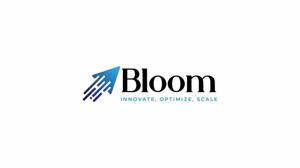
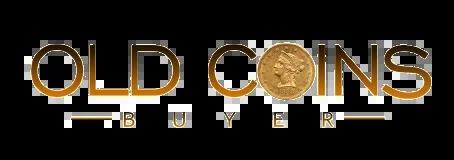


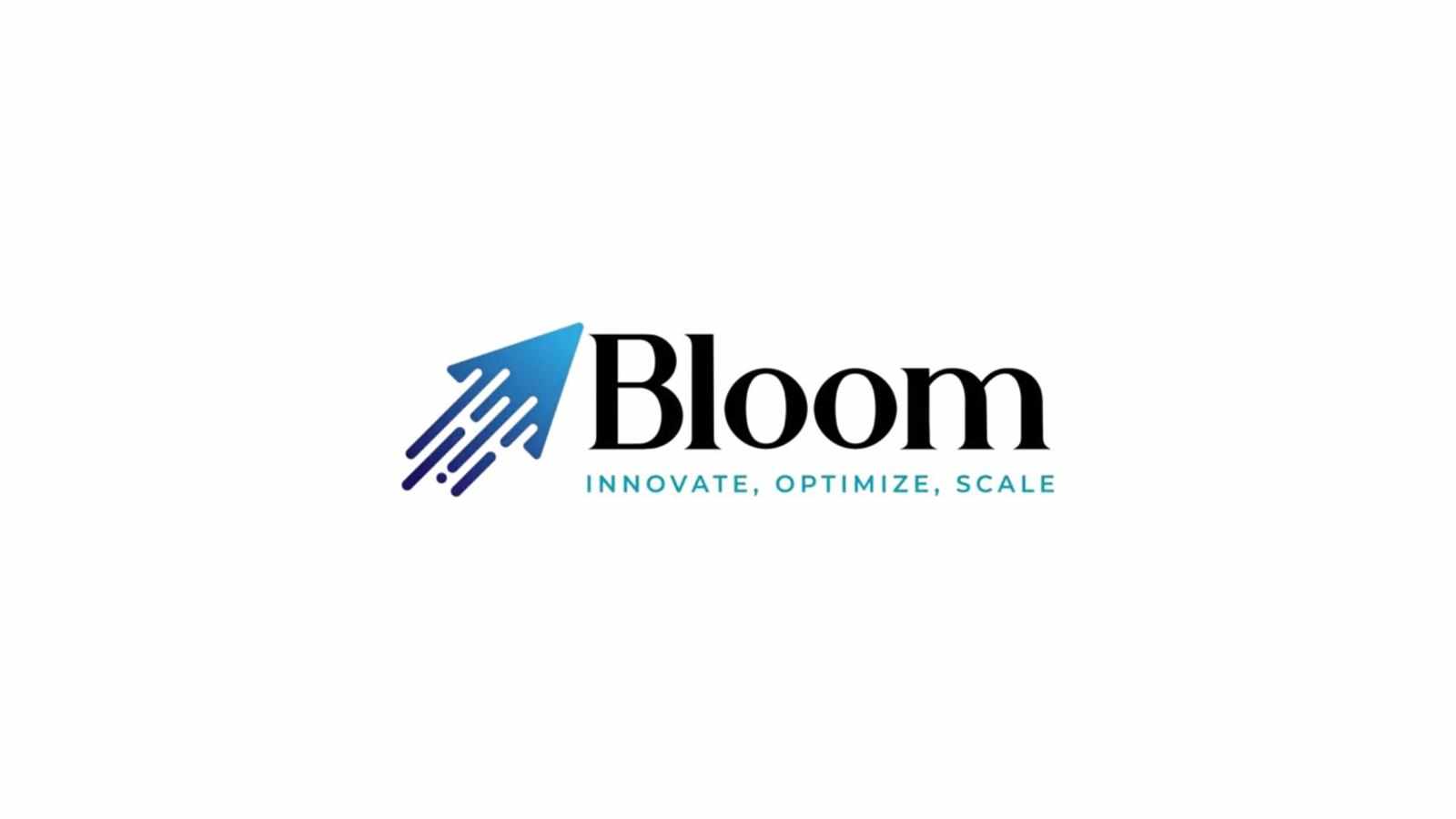
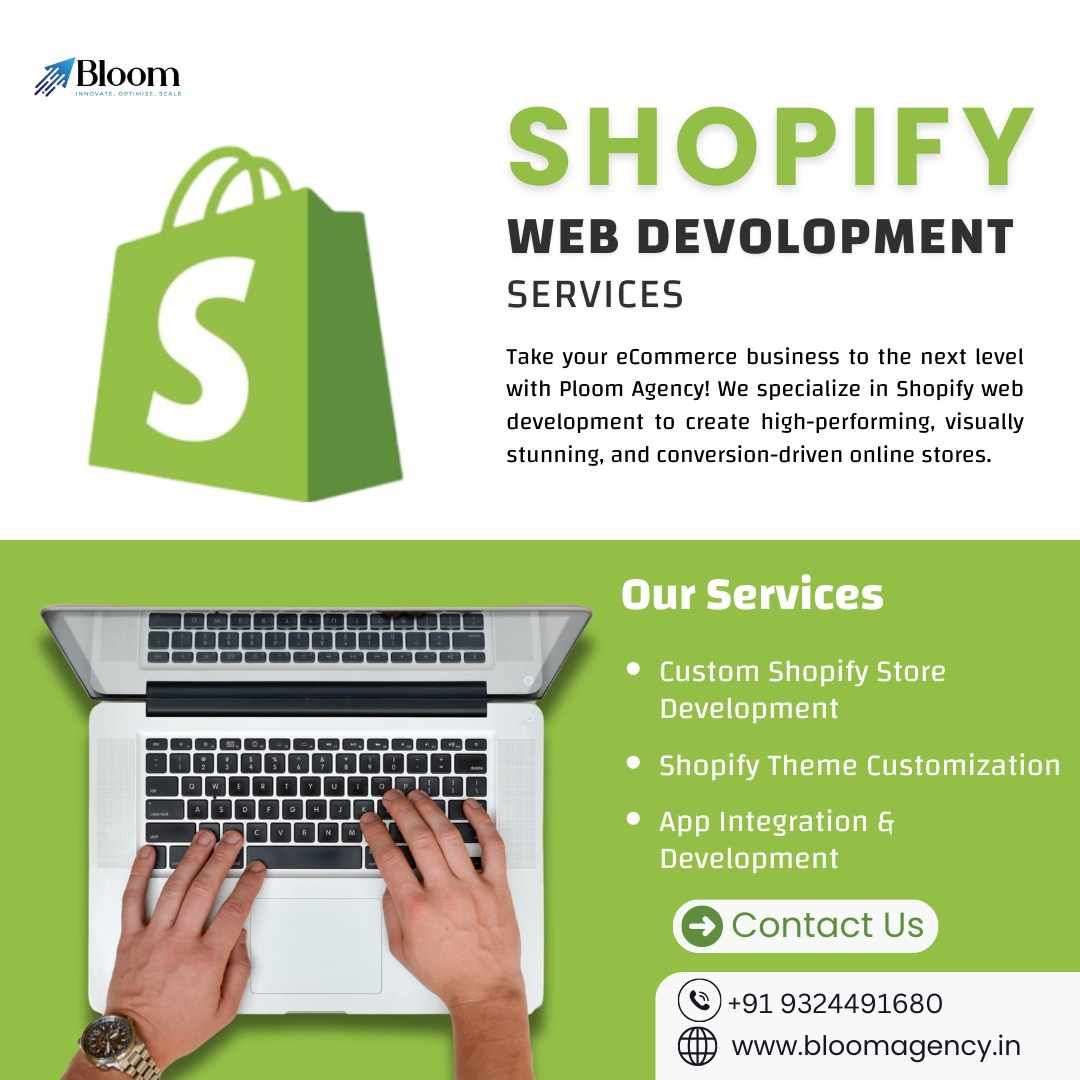


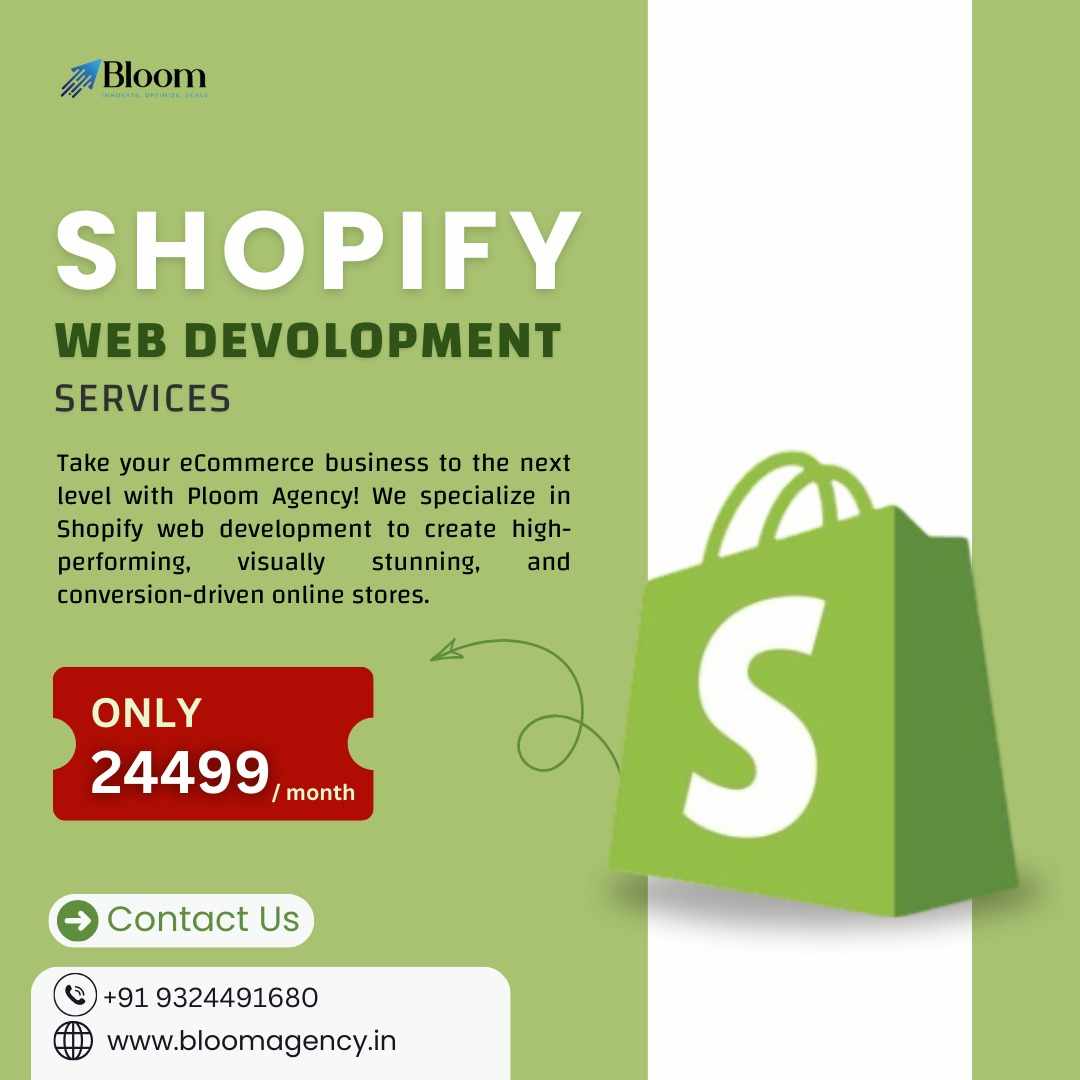







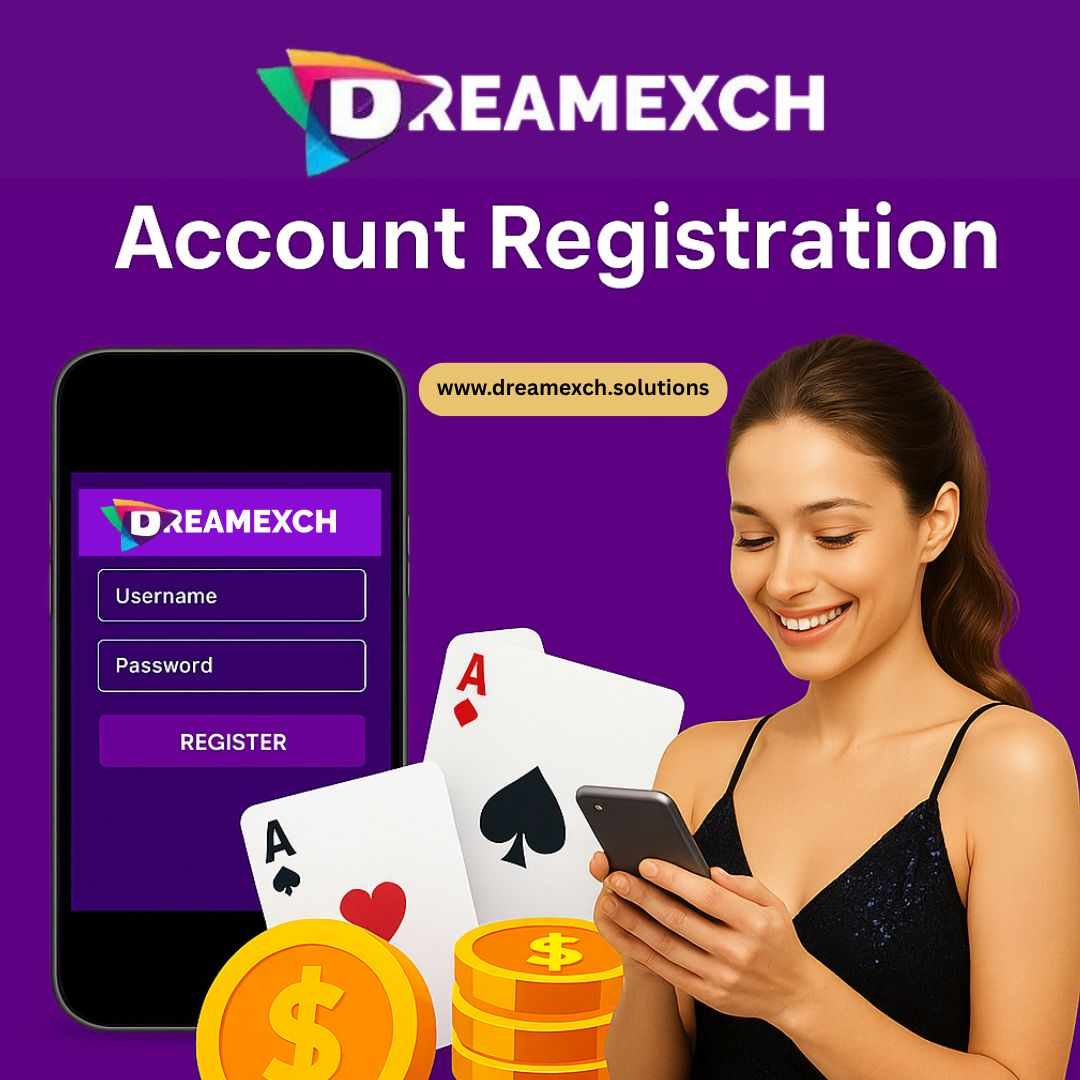



Write a comment ...